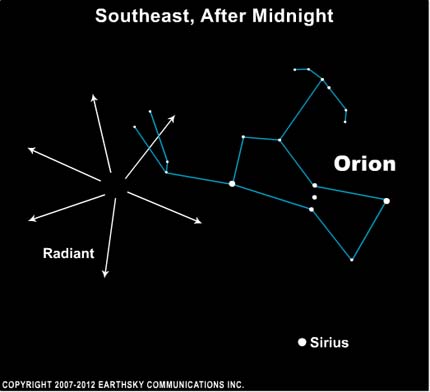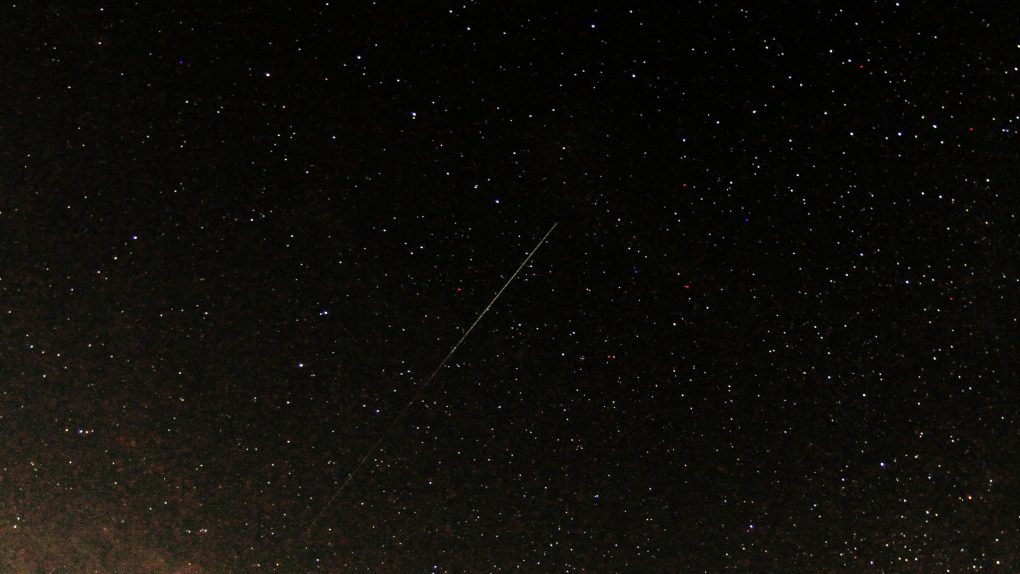You don’t have to be an astronomer to enjoy sky gazing, and that’s especially true during annual meteor shower peaks. Right now, the Orionid meteor shower is approaching its peak, with tonight being your best shot at spotting the “falling stars” associated with it.
The Orionids have been appearing in the night sky since early October, but as with any meteor shower of this size, it is expected to have a well-defined peak. On particularly active years, the peak of the meteor shower has provided upwards of 60 bright streaks per hour, making it well worth your time to gaze skyward tonight.
The Orionids are named for the constellation Orion. The meteor shower doesn’t come from Orion, of course, but because of Earth’s orientation and the direction the debris approaches our planet, the bright streaks will appear to originate around the constellation. Orion is very easy to spot in the sky, with its iconic “belt” made of three particularly bright stars.

The graphic above by EarthSky should give you a good idea of where to look. Orion’s bold figure should be easy to find and looking to the left of it should provide you with a lovely glimpse of the meteor shower.
The one bummer about the Orionids peaking tonight is that weather across much of the United States will be poor for skywatching. Overcast conditions will make it impossible to see the show, but if you find yourself with a clear pocket of sky in the late night or very early morning hours you should be able to catch a glimpse of the debris making its fiery descent through our atmosphere.
If the weather doesn’t cooperate, don’t despair. The Orionids will continue through early November, and while the number of meteors will wane from here on out, you’ll still have an opportunity to see at least some of the action in the days to come.








